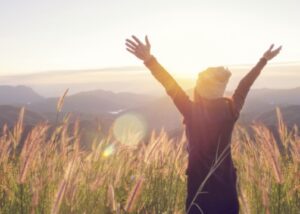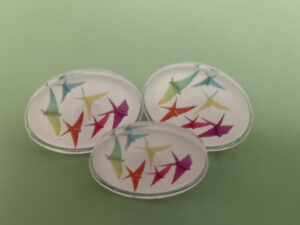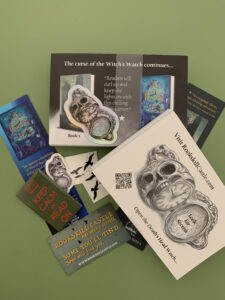These two years have been so difficult for so many. And every day life throws another curveball into the mix, from weather nightmares to military nightmares to ethical nightmares to health nightmares.
For parents and teachers, this new school year is a mixed bag. Everyone’s thrilled to be back in the classroom (where that’s possible), but the lurking issues around Covid make it difficult to relax.
For writers, add the stress of the mixed-up publishing industry: mergers, overwhelmed editors and agents, shipping issues, and booksellers struggling with Covid, or storm or fire damage.
Yikes.
Time For Some Self-Care: Personal
I see the insecurities appearing in my coaching clients. Some have struggled with serious writer’s block, others with serious health problems, and still others with the pain of rejection. A lot of what I do is try to help my clients through these painful moments. Sometimes that means reconnecting with the important stuff: yourself.
So, take a deep breath. Place your feet flat on the floor to ground yourself. Place your hands in your lap, and let your shoulders relax. Sit still with your eyes closed for thirty seconds.
Now – what do you hear? Is the air around you warm or cool? Can you empty your mind of thought and just be in this moment with your sensory channels wide open?
Now, can you get up and take a walk, preferably outside in nature? (It goes without saying – leave the cell phone at home.) Let your mind rest.
Self-Care: Writerly
If you are having trouble with your current manuscript – if you are feeling stuck or hopeless or like it’s just not good enough – here’s are two exercises:
- Write, on one page, in a couple of paragraphs, exactly WHY you are writing this current work-in-progress. What are you trying to say – about yourself, the world, your character? What drove you toward this idea? Why is it important to you, right now?
- Write a backstory scene, with your main character, that goes to the heart of her internal conflict. What brought her to this place in her life, emotionally? What underlies all her dreams and wishes, as shown in that scene? For example, if you have a young character who has lost a parent, write the scene of that loss, that tragedy, from the point of view of that young character.
As a book coach, I give the writers I work with exercises like these. My Story Heart Workbook also contains a series of short exercises designed to get you thinking more creatively about your manuscript.
The Importance of Connection
One of the reasons I think so many of us are struggling now is that Covid, on top of the world’s politicized issues, has created deep divides. Many of us are alone, or isolated, and have lost connections.
One of the themes in CARRY ME HOME deals with connection. My main character Lulu is isolated by her fears. It isn’t until she realizes that she has an entire community around her of people who care (whether she knows it or not) that she can finally lean on someone else for help.
So my last suggested exercise: contact someone you haven’t seen in a while. Send them a note, an email, an actual letter, or make a phone call – and just say, “Hello! How are you?”
And – please let me and everyone here know if you have self-care exercises to share. With love and thanks.









